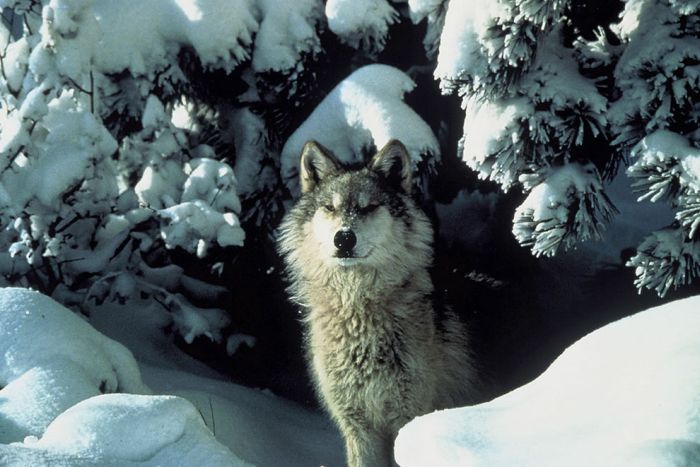|
|
Gray Wolf
|
Wolf populations generally seem to be stable or increasing in most, but not all, Bern Convention nations. Limiting factors in member nations include a lack of acceptance of wolves (particularly in areas where they have made a comeback) due to concerns on livestock and dog predation and competition with hunters. Although properly regulated wolf harvests and control have been largely accepted as compatible with maintaining wolf numbers to economically acceptable levels, overhunting and poaching are recognised as the main limiting factor in European wolf populations.
With the exception of Israel and Saudi Arabia, there is little information available on wolves in the Middle East. The Arabian Peninsula is home to an estimated 300–600 wolves which, though hunted year round in all Middle Eastern countries except Israel, are relatively stable and protected by the inaccessibility of the northern mountains and central and northern deserts. In India, wolves are classed as endangered, and number an estimated 800-3,000 individuals scattered among several remnant populations. In China and Mongolia, wolves are not protected except in reserves.
Wolves once ranged over much of North America north of Mexico City, save for parts of California. Today, their status varies by country, state and province. Canadian and Alaskan wolves number in thousands and are in excellent biological condition. Wolves have expanded from Canada to the northern Rocky Mountains since the 1970s, establishing themselves southward in Montana, Washington, Idaho and Wyoming. In 1994, wolves from Alberta and British Columbia were captured and introduced into Yellowstone National Park, where they had been extinct since the 1930s. A similar introduction took place in 1998 in the Apache National Forest in Arizona. A small, isolated group of wolves on Isle Royale is believed to be suffering from the effects of reduced genetic variability. In 1991, the population was reduced from 50 to 12 wolves. Studies have shown that this reduction has coincided with a 50% loss of allozyme heterozygosity.
The presence of wolves in Egypt, Libya and Ethiopia was confirmed in 2011, when a comparison was made between the MtDNA sequences of golden jackals, Holarctic wolves (most modern wolves are of this ancestry), the Indian wolf, and the Himalayan wolf (which are considered older lineages than the main Holarctic wolf lineage) revealed that North African wolves are more closely related to Indian and Himalayan wolves than they are to golden jackals, a species which they were associated with in the past.
|
|









